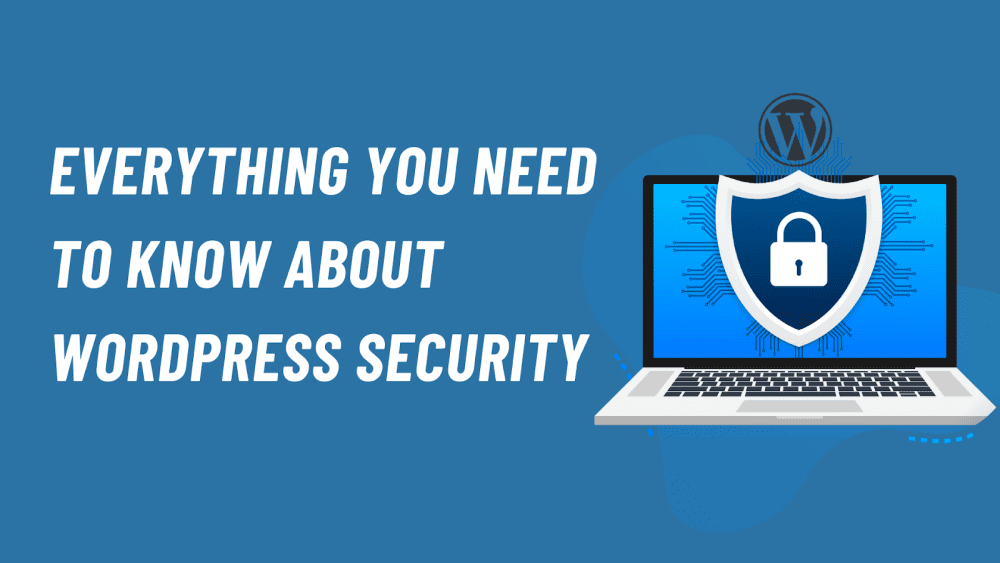WordPress is the world’s most popular CMS and powers over 40% of all websites. Because of its ease of use, vast plugin ecosystem, and customizable themes, WordPress remains the first choice for businesses, bloggers, and developers. On the downside, it also makes it the first target for many hackers and cybercriminals. Ensuring your WordPress site is secure is key in protecting your data, your reputation, and your users.
This article will demonstrate all you should know about WordPress security plugins, such as wpsecurityninja.com, and will give you ten must-have hardening tips to keep your site safe.
Why WordPress Security Matters
Before diving into the details of WordPress security, it is essential to understand first why securing a WordPress site is so crucial. Here are some of the key reasons:
- Data Protection: In the case of a security breach on your website, the crucial data regarding users, financial records, and even business-critical information will be stolen or lost. It may lead to serious legal implications and loss of reputation.
- Ensuring Trust: The users of your website trust their browsing experience in your hands to be fault-free and safe. When your website gets compromised, that might get damaged, causing the traffic, user engagement, and sales to dwindle.
- Blacklisting: In case your website is infected with malware, Google or any search engine may blacklist your site. Consequently, there would be a serious fall in organic traffic, which is very hazardous because now they barely will be able to trace your site.
- Avoiding Downtime: A hacked website can be taken offline, which leads to the loss of business and negatively affects your ranking in the search engines.
Common WordPress Security Vulnerabilities
The knowledge of common security vulnerabilities in WordPress will help you protect your website even more. Here are some of the most frequent risks:
- Outdated Software: Running very outdated versions of WordPress, themes, or plugins opens up your site to known security vulnerabilities. Many hackers take advantage of these outdated components in order to get access to your site.
- Weak Passwords: Simple, easily guessed passwords are one of the major causes of security breaches. Using weak passwords for your WordPress admin account, database, or FTP can easily provide an opening for the hacker.
- Unpatched Plugins and Themes: Vulnerabilities in plugins and themes are a common attack vector. If these components are not regularly updated or patched, they can become entry points for cybercriminals.
- Lack of SSL Encryption: Without SSL (Secure Sockets Layer) encryption, the data transmitted between your site and its visitors can be intercepted by hackers. This is especially dangerous for sites that handle sensitive information.
7 WordPress Hardening Tips
Now that we’ve covered the importance of WordPress security and common vulnerabilities, let’s dive into ten hardening tips to secure your site.
1. Use a Security Plugin
One of the easiest ways to enhance your WordPress security is by installing a reputable security plugin. Plugins like wpsecurityninja.com provide a comprehensive suite of security features, including malware scanning, firewall protection, and brute force attack prevention. These plugins can also monitor your site for suspicious activity and automatically block potential threats.
2. Enable Two-Factor Authentication (2FA)
Basically, Two-factor authentication doubles the layer of security at the time of login by asking a user to verify his/her identity via another factor, using a text message code or some sort of authentication app, for instance. Even in the case of a password breach by a hacker, he cannot access your site without the second factor.
3. Use Strong Passwords and Change Them Regularly
Ensure that all users on your WordPress site use strong, unique passwords. Avoid using easily guessable passwords like “password123” or “admin123.” It’s also a good practice to change your passwords regularly to reduce the risk of unauthorized access.
4. Keep WordPress, Themes, and Plugins Updated
Keep WordPress core, themes, and plugins updated regularly. Developers often release updates with patches for security vulnerabilities, and using software that’s out of date can make your site open to attack. Enable auto-updates whenever possible so that the latest versions apply themselves automatically.
5. Limit Login Attempts
Brute force attacks are a common method used by hackers to gain access to WordPress sites. By limiting the number of login attempts, you can significantly reduce the chances of a successful attack. Many security plugins, including wpsecurityninja.com, offer this feature, allowing you to lock out users after a certain number of failed login attempts.
6. Change the Default Login URL
Changing the default WordPress login URL can make it more difficult for hackers to locate your login page and launch brute force attacks. Instead of using the standard “/wp-admin” or “/wp-login.php” URLs, consider using a custom URL that only authorized users know.
7. Disable File Editing
WordPress allows you to edit theme and plugin files directly from the dashboard. However, this feature can be dangerous if a hacker gains access to your admin account. Disabling file editing in the WordPress dashboard is a simple but effective way to prevent unauthorized code changes. To do this, add the following line to your wp-config.php file:
Conclusion
WordPress site hardening is not a one-off process; rather, it calls for vigilance and pre-emptive measures. Since understanding the importance of security, vulnerabilities, and at least the ten hardening tips in this article go a long way in ensuring that the chances of a breach are minimal, remember that more layers mean more complication for a hacker before he reaches your website.
In addition, to ensure further security within WordPress, it is advisable to use the plugin wpsecurityninja.com. This gives quite a number of more robust protections and would keep your mind at rest. Be informed, be updated, and let your WordPress site be secured.
